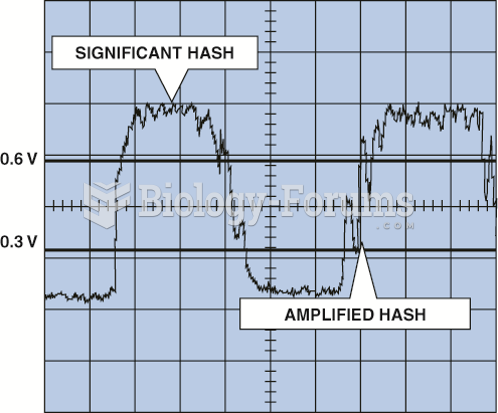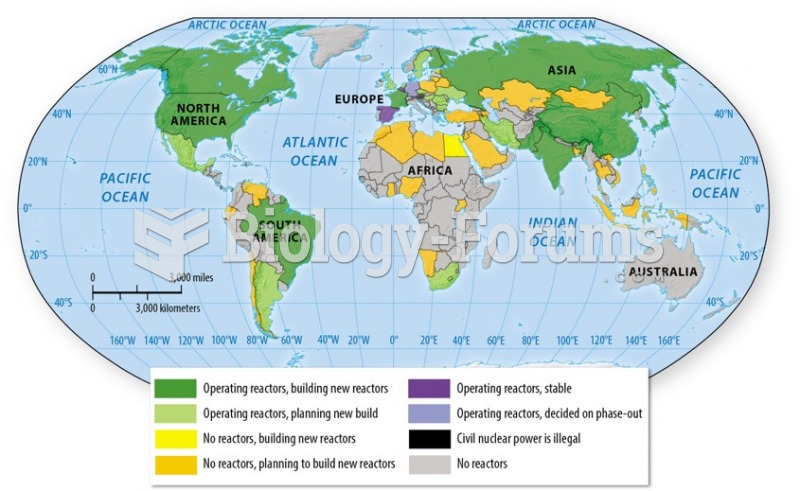|
|
|
Asthma occurs in one in 11 children and in one in 12 adults. African Americans and Latinos have a higher risk for developing asthma than other groups.
Excessive alcohol use costs the country approximately $235 billion every year.
Eating food that has been cooked with poppy seeds may cause you to fail a drug screening test, because the seeds contain enough opiate alkaloids to register as a positive.
Though Candida and Aspergillus species are the most common fungal pathogens causing invasive fungal disease in the immunocompromised, infections due to previously uncommon hyaline and dematiaceous filamentous fungi are occurring more often today. Rare fungal infections, once accurately diagnosed, may require surgical debridement, immunotherapy, and newer antifungals used singly or in combination with older antifungals, on a case-by-case basis.
People with high total cholesterol have about two times the risk for heart disease as people with ideal levels.
 Significant hash can be caused by faults in one or more cylinders, whereas amplified hash is not ...
Significant hash can be caused by faults in one or more cylinders, whereas amplified hash is not ...
 The Fukushima disaster in Japan caused many governments to rethink their commitment to nuclear power
The Fukushima disaster in Japan caused many governments to rethink their commitment to nuclear power





